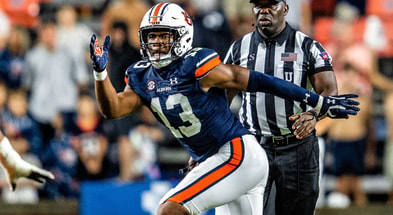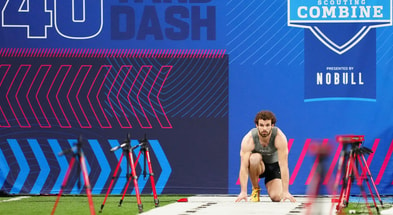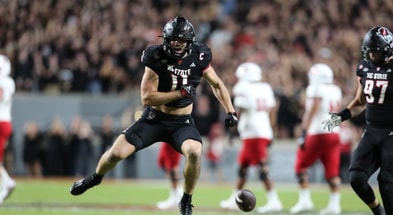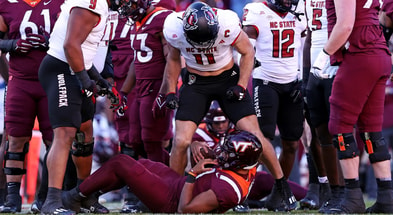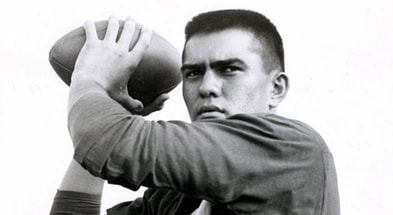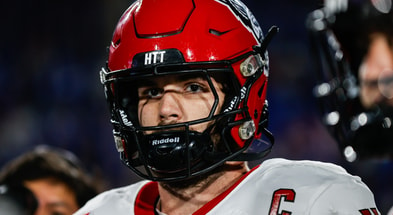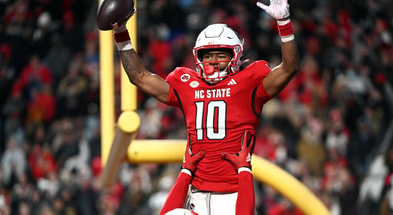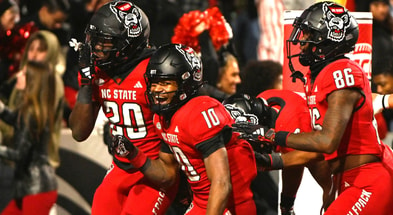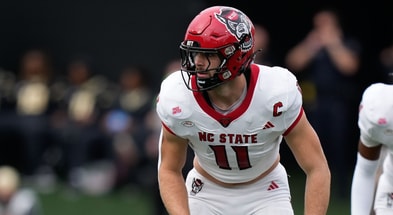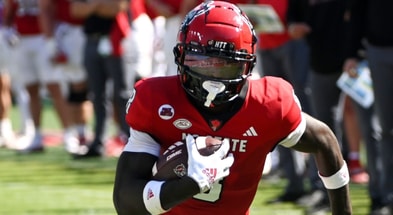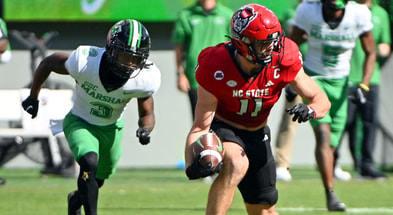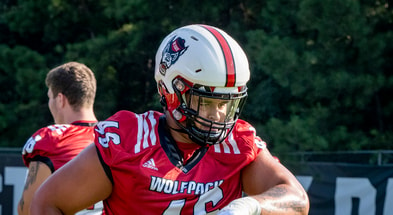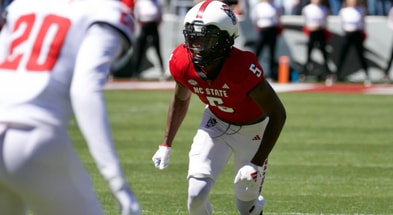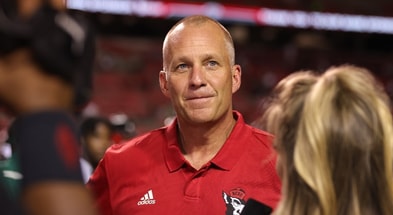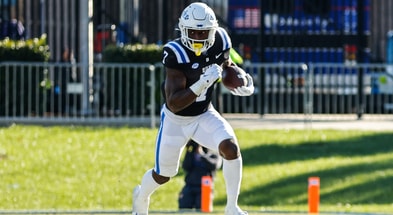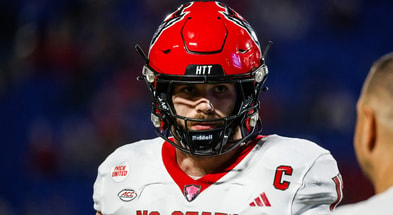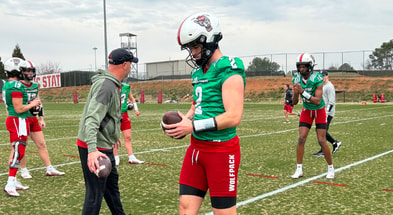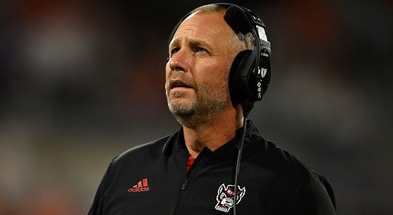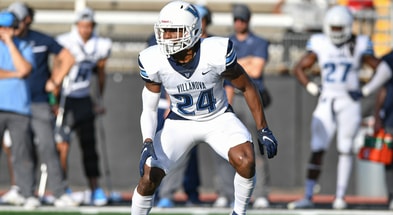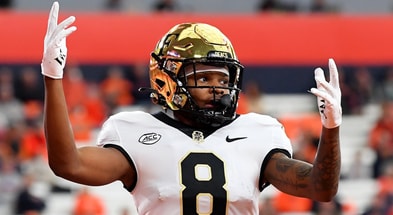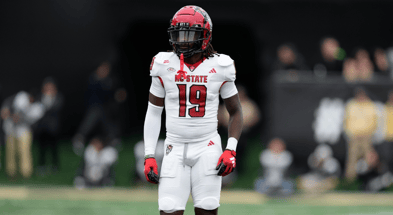A 1967 win over Florida State sparked NC State football to historic season
For multiple reasons, the NC State football rivalry with Florida State has produced memorable games in an off-and-on series that was made permanent when the Seminoles joined the Atlantic Coast Conference in 1992.
The series, which renews Saturday when the Wolfpack visits Doak Campbell Stadium, has included some remarkable performances and failures, from Seminole cornerback Buddy Reynolds’ knee injury that forced him from Tallahassee to Hollywood (along with a name change to Burt) to wide receiver Torry Holt’s legendary combined seven touchdowns in Tallahassee in 1997 and in Raleigh in ’98 to quarterback Philip Rivers’ back-to-back victories in 2001 and ’02 that constituted the ACC’s first-ever winning streak against the Seminoles.
One important victory, however, is less known, though it happened in one of the greatest seasons in Wolfpack football history: a 20-10 NC State victory on Sept. 30, 1967, at Doak Campbell Stadium.
The win was important mostly because of what followed. The next week, the Pack beat No. 2 Houston in the Astrodome for the biggest road win in school history.
Head coach Earle Edwards team eventually improved to 8-0 before losing its final two games of the regular season, at Penn State and at Clemson, in a campaign that included only four games at Carter Stadium and six contests on the road.

The nationally famous White Shoes defense, created by senior linerbacker Chuck Amato on the eve of the season-opening win over North Carolina and featured in Sports Illustrated, took the Wolfpack to Memphis, Tennessee, where quarterback Jim Donnan and his teammates beat Georgia — a school where Donnan was later head coach — in the Liberty Bowl for the first postseason win in Wolfpack history.
Edwards’ 14th season as head coach began with a 13-7 victory over the Tar Heels and was followed by a 24-6 victory over Buffalo in a pair of comfortable games at the Pack’s two-year-old stadium.
The trip to Tallahassee that followed, however, was critical to making ’67 a success. The Pack was a two-touchdown underdog to head coach Bill Peterson’s Seminoles, a unit that had high expectations in the preseason, but had lost its opener to Houston and tied second-ranked Alabama 37-37 in its second game.
Like Houston, the Seminoles had one of the most productive passing offenses in college football, throwing upwards of 40 passes a game during an era when more than a dozen passing attempts was still exceedingly rare.
The Seminole quarterback duo of Kim Hammond and Gary Pajcic was no match for the Wolfpack defense on that early fall contest at Doak Campbell. Tackles Dennis Byrd, a senior All-American and future first-round NFL pick, and sophomore Ron Carpenter, another high NFL pick who spent seven years in the league, wreaked havoc all night long to help the defense create four turnovers to slow down the Seminoles.
The Pack offense got its job done on the ground, gaining 213 yards on the legs of fullback Charlie Bowers and tailbacks Tony Barchuk and Bobby Hall.
Bowers had the first half’s biggest play, when he broke up the middle on a third-down draw and carried the ball 49 yards into the end zone for the game’s first touchdown.
The Pack built a 10-0 lead in the near-perfect first half with a field goal by All-American kicker Gerald Warren just before intermission. The Seminoles, though, managed to tie the game in the second half.
Warren gave the Pack a lead with a 40-yard field goal, and the Seminoles’ third turnover, an interception by Mike Hilka, set up the Pack’s second touchdown, a one-yard run by Barchuk with 5:28 to play.
The Seminoles final attempt to close the gap ended when defensive back Greg Williams intercepted another pass, sending most of the 34,573 fans at the game home disappointed.
“Carpenter ate us alive,” Peterson said. “He tipped passes and did everything a good tackle should do.”
Nine times the Pack front deflected passes or stopped the Seminoles’ offense behind the line of scrimmage.
The next week, wearing canvas turf shoes borrowed from the Houston athletics department that the Pack defense painted white without permission, State scored a 16-6 upset in the world-famous Astrodome by forcing three fumbles, making two interceptions and blocking two kicks.
By Nov. 6 of that season, after improving to 8-0 with wins over Maryland, Wake Forest, Duke and Virginia, the Wolfpack rose to No. 3 in the Associated Press national rankings, the highest in school history.
With a legitimate path to a New Year’s Day bowl game and a rare chance to win a national championship, the Wolfpack stumbled at Penn State, when a daring fourth-down goal-line dive by Barchuk was stopped short of a touchdown in the game’s final minute. Deflated, the Wolfpack ended the regular-season with a 14-6 loss at Clemson.
In the Liberty Bowl — State’s second postseason game in five seasons — the defense carried the day again, even without injured All-American Byrd in the lineup.
After Barchuk gave State a 14-7 lead on a 1-yard run, the defense twice stopped Georgia inside the 10-yard line in the game’s final four minutes, including at the end of a 98-yard drive when Bulldog halfback Kent Lawrence was stopped on fourth and goal at the 1.
That postseason win, the first of 17 for NC State football in school history, was a product of the Wolfpack’s early-season success, which was enhanced by the unexpected win over the Seminoles at the end of September.
Tim Peeler is a regular contributor to The Wolfpacker and can be reached at [email protected].
——
• Talk about NC State football inside The Wolves’ Den
• Subscribe to our podcast on iTunes
• Learn more about our print and digital publication, The Wolfpacker
• Follow us on Twitter: @TheWolfpacker
• Like us on Facebook
